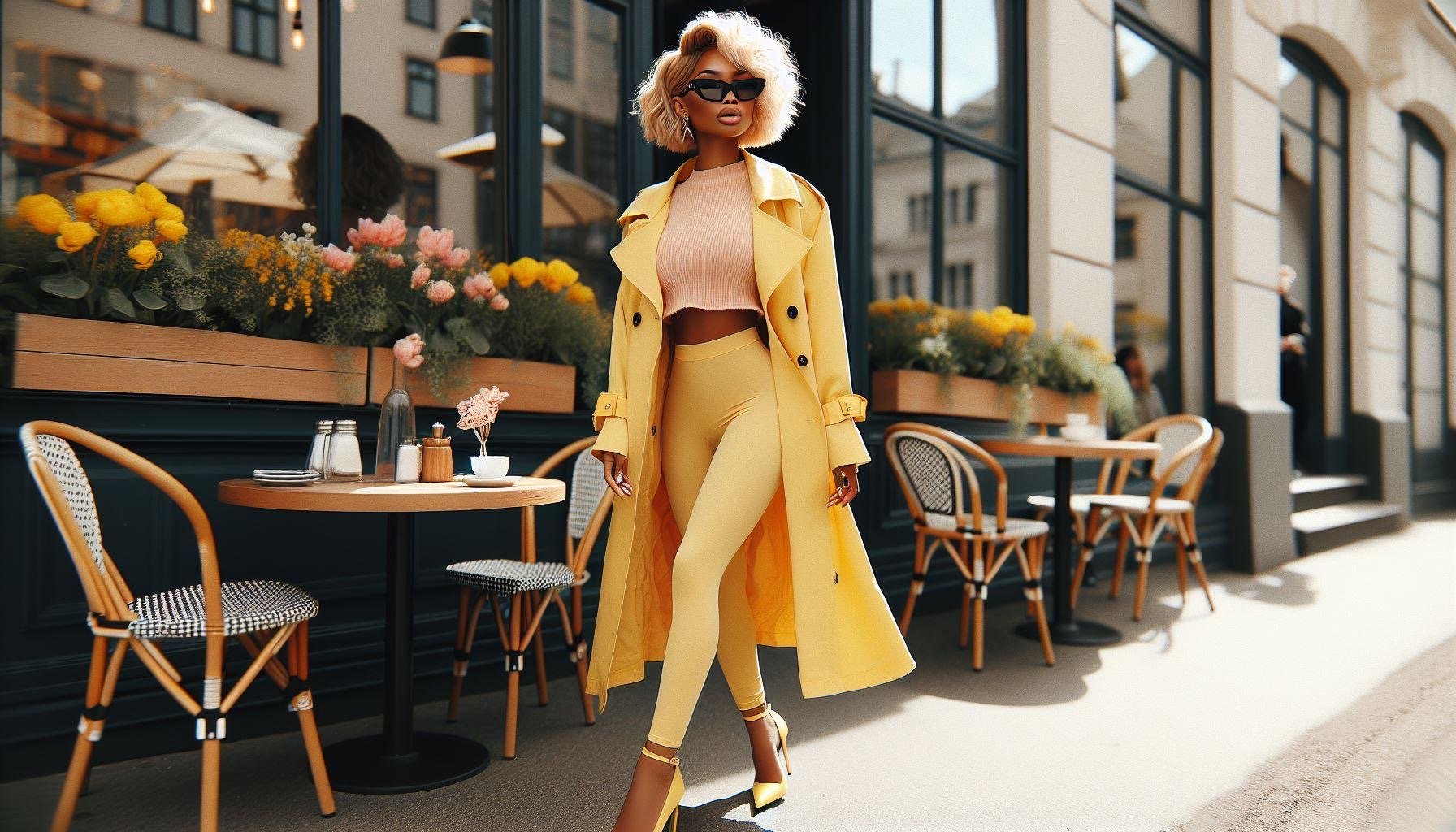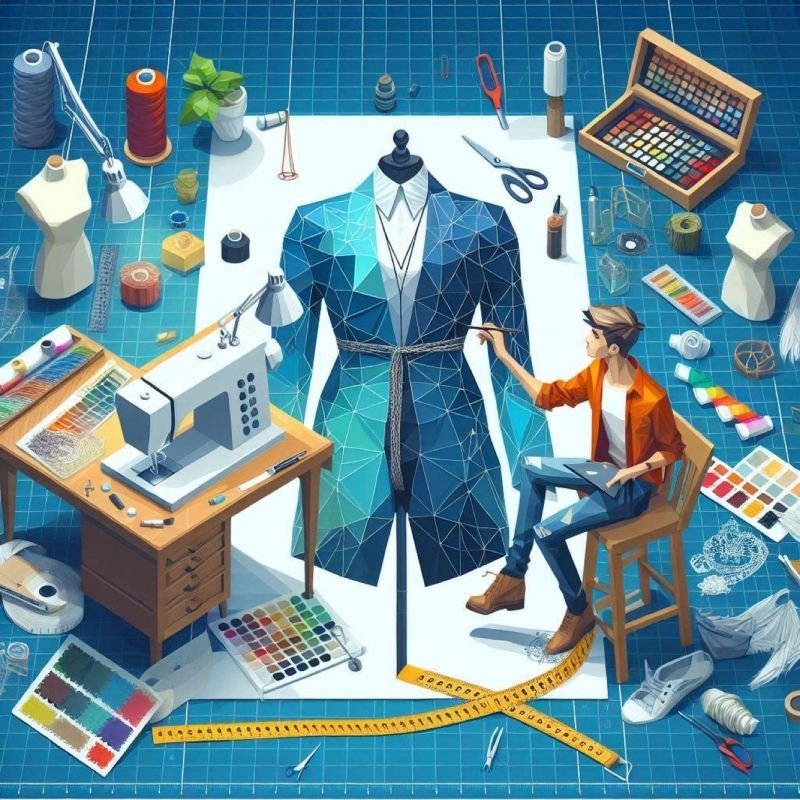F rom Sketch to Success: Navigating the Business Basics of Fashion
In the vibrant world of fashion, the journey from concept to catwalk is as complex as it is creative. Emerging designers are not only artists but also entrepreneurs who must navigate the intricate business of fashion. This article delves into the essential steps and strategies that can help aspiring fashion moguls turn their sketches into successful brands.
Before a single thread is woven, understanding the target market is crucial. Designers must research current trends, consumer behavior, and the competitive landscape. This knowledge forms the foundation of a brand that resonates with consumers and stands out in the market.
Once you discover your target market, it will be easier to develop your brand identity. A strong brand identity is the soul of any fashion label. It's a unique story that connects with customers on an emotional level. Emerging designers should focus on developing a clear brand message, aesthetic, and values that reflect their vision and appeal to their target audience.
When developing our target market and brand identity we should also think about our business footprint on the earth. Sustainable and ethical sourcing is becoming increasingly important in the fashion industry. Designers must establish relationships with suppliers and manufacturers that align with their brand's values and quality standards. This ensures a responsible supply chain and product consistency.
Pulling all of the previous mentioned items together will undoubtedly create a fashion brand that is marketable. In today's digital age, marketing is more dynamic than ever. Designers must leverage social media, influencer partnerships, and digital marketing to create buzz and drive sales. Additionally, selling through multiple channels, including online platforms, pop-up shops, and traditional retail, can maximize reach and revenue.
Build a network within the fashion industry to open doors to collaborations, mentorship, and opportunities. Attend industry events, fashion weeks, and join fashion incubators to connect designers with peers, buyers, and press.
This all brings you to one of the most important parts of your journey to becoming a successful brand, FINANCES! The financial aspect of fashion can be daunting. Designers need to be savvy about funding options, cost management, and pricing strategies. Whether it's through personal savings, loans, or investors, securing the necessary capital is a critical step in bringing designs to life.
Along with funding, you need to protect your designs, this is non-negotiable. Designers should seek legal advice to understand intellectual property rights, trademark their brand, and navigate contracts with partners and suppliers.
The fashion industry is ever-evolving, and so must designers. Being adaptable to changes in consumer preferences, technology, and the global economy is key to long-term success.
Sources: World Wide Web
Photo: coralONE




